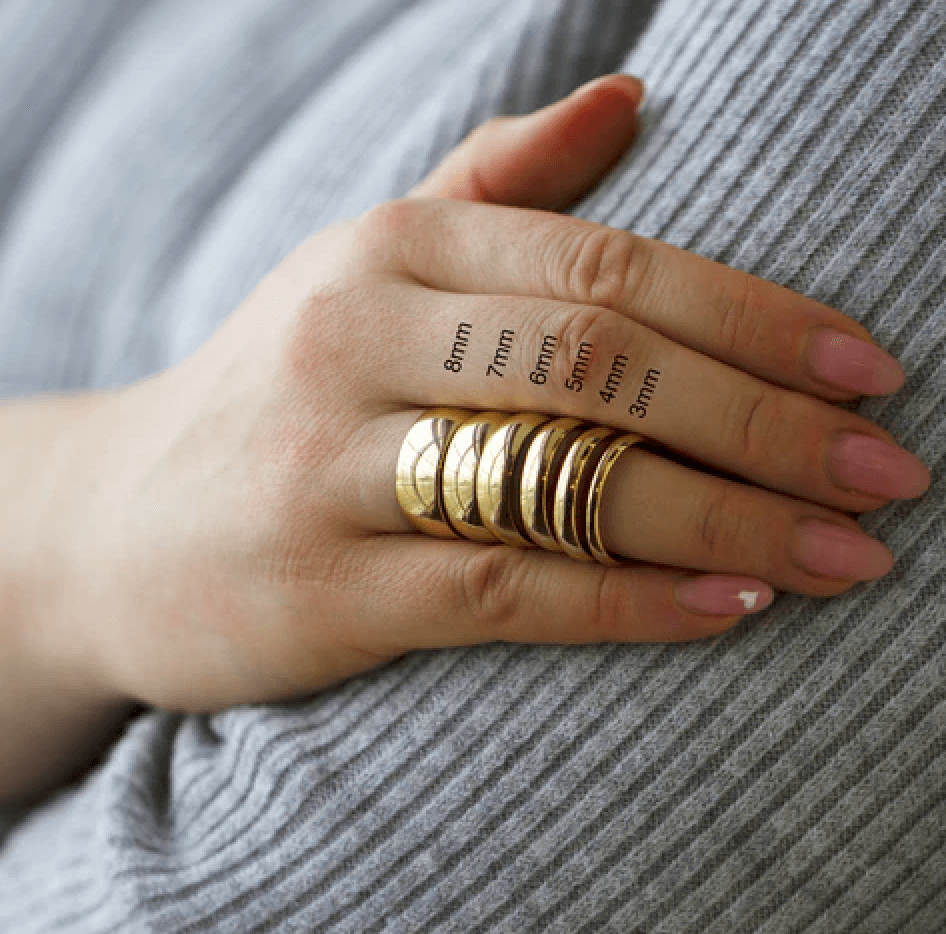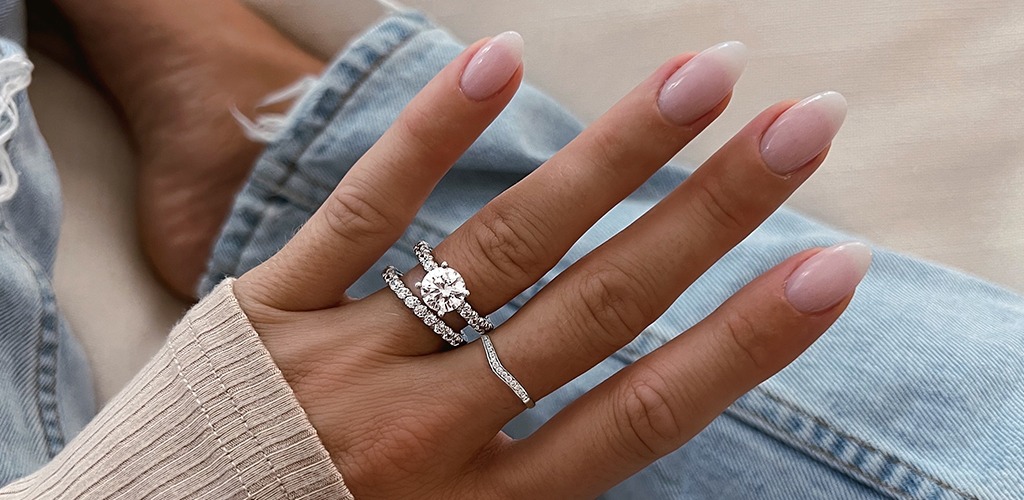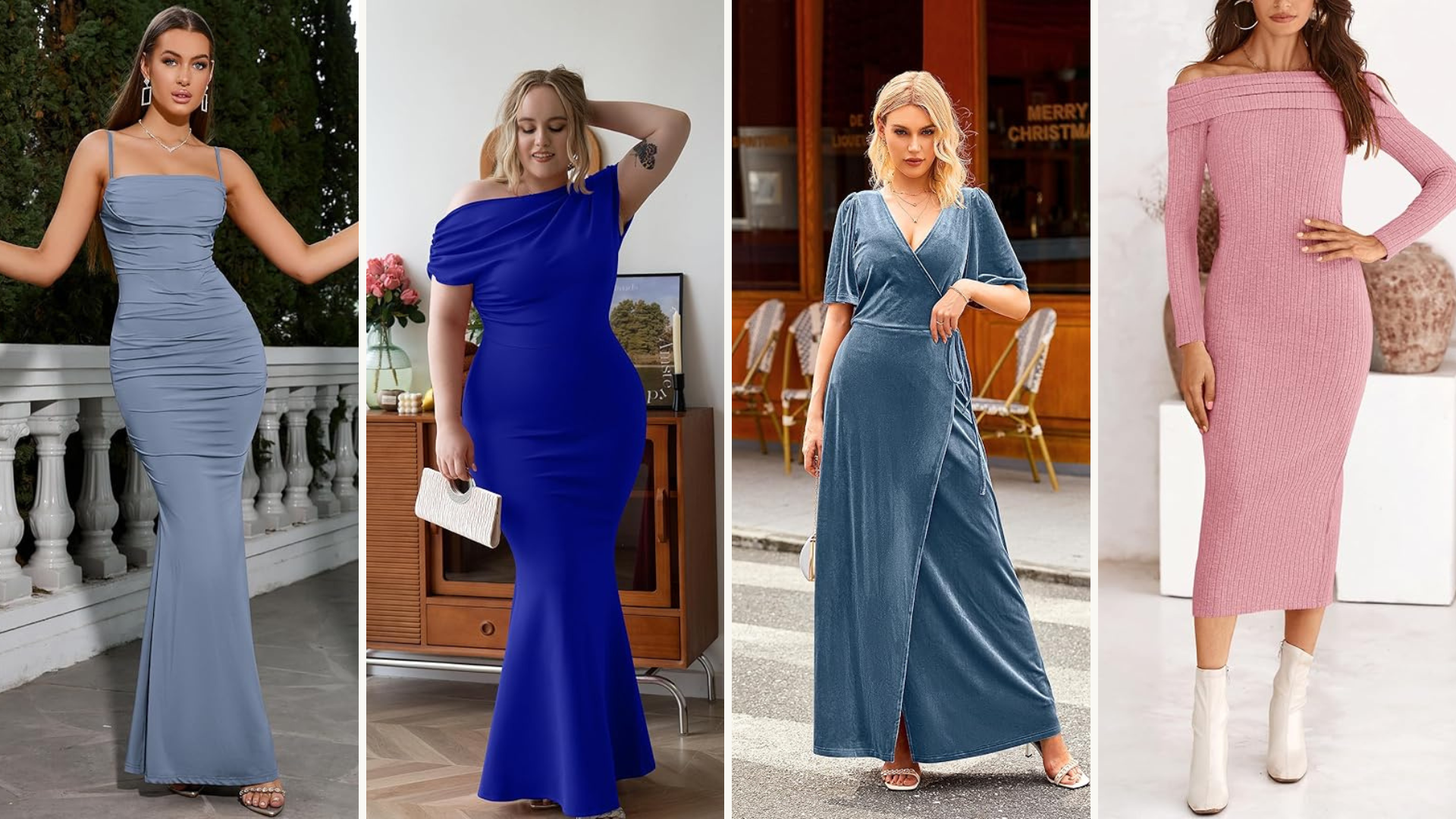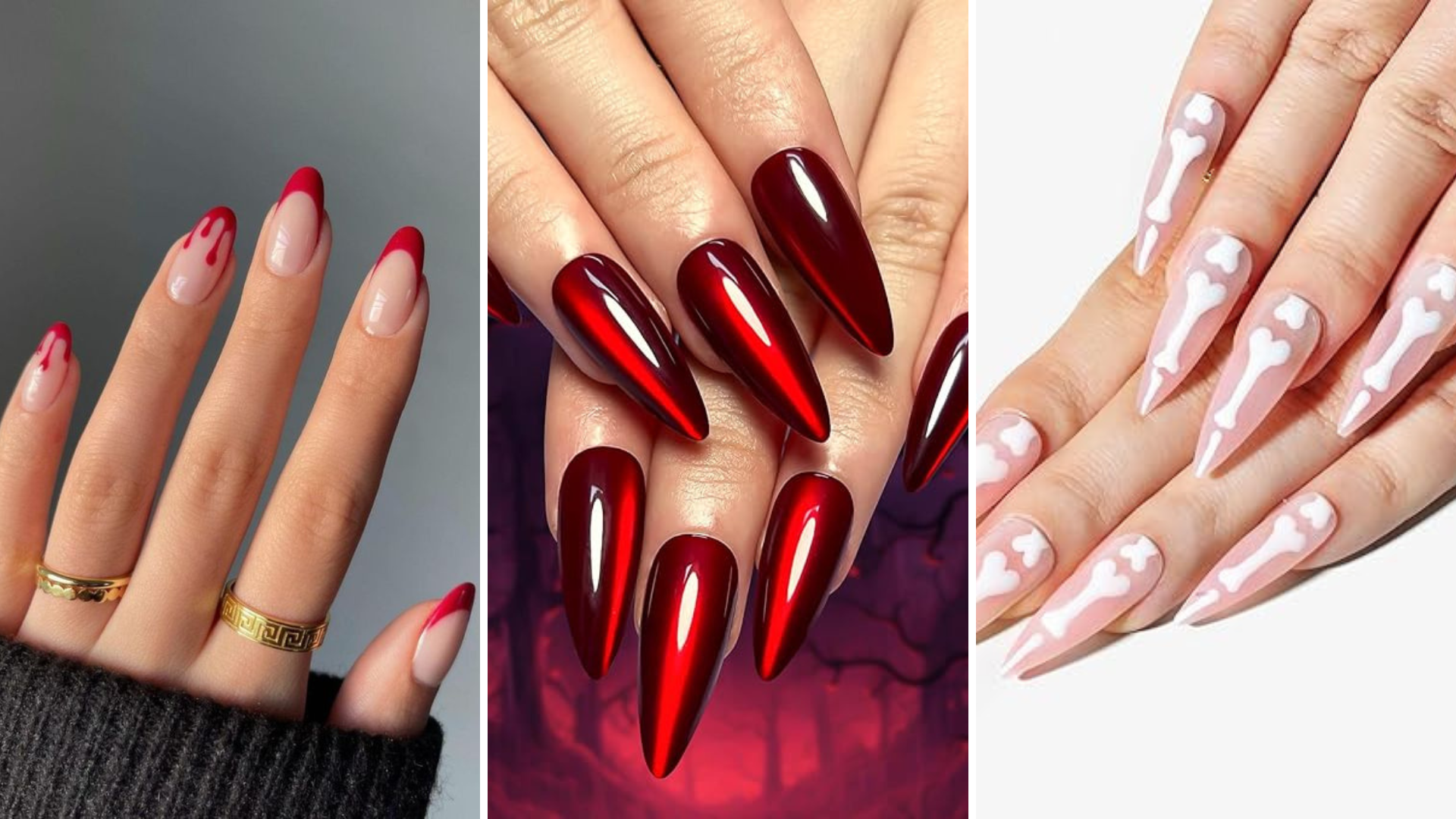This post is all about wedding rings and engagement rings common FAQs like: Is a 2mm wedding band too thin?
Choosing the best wedding ring is an important decision as it’s a ring you’ll likely wear for the rest of your life. There are many questions that you’ll likely have regarding band width, metal type, design, stone choice and more. If you’re on the hunt for a wedding band or engagement ring but don’t want to make a mistake then read this article. We will discuss questions like ‘Is a 2mm wedding band too thin’ and many more.
Is a 2mm wedding band too thin?

Choosing between a wider band or a thinner band is often a case of personal preferences. However, there are important factors to consider when choosing such an important piece of jewellery.
In general, though, a 2mm wedding band is usually considered thin but not too thin. 2mm is usually at the lower end of what’s recommended for everyday wear.
Wedding Band Width Trends
While dainty and narrow ring bands are trendy right now, don’t let that sway you if you would prefer a thicker band. Trust your instincts!
If you’d prefer to prioritise a trendy ring over what might suit your hands/lifestyle best, then, by all means, go for a thinner ring.
Wedding Band Width Based On Your Personality
If you tend to be a more clumsy person, then you might want to choose a slightly thicker band as it’s less likely to break/bend. The same goes for if you lead a very active lifestyle. However you could always remove your rings during activity.
The width of your ring is especially important when it comes to rings that have a gemstone protruding (like traditional engagement rings) as a thinner band doesn’t always support the ring securely. A thin ring makes it more likely for the protruding ring to bend and potentially even snap off.

Choosing A Wedding Band That Looks Proportional
If you have a gemstone on the ring, like a traditional engagement ring, we recommend choosing a band width that is proportional to the gemstone. Smaller gemstones can suit a thinner band. Bigger stones like big diamonds require a thicker band.
Not only does it aesthetically look better, but it means the bigger stone has more support and is less likely to bend off.
In terms of proportionality, you might also want to consider a ring that looks proportional to your hands. Typically, larger hands or thicker fingers look better with a thicker band. Smaller or slimmer fingers often suit a thin ring.
Consider The Full Ring Stack

Another factor to consider when choosing a wedding band or engagement band width is what other rings will sit with it. If you plan to wear both wedding and engagement rings on the same finger, then make sure that the total width combined isn’t too much for you to comfortably fit.
What is the thinnest mm width a wedding band can be?
Both wedding and engagement ring widths range from 1.5 mm all the way up 20 mm. Most people choose between 1.6mm and 8mm.
The minimum width that you should go is 1.6mm but to be on the safe side, we’d recommend not going below 2mm. 2mm is still considered a thin wedding band ring.
What is the perfect width of a wedding band?
The average width for men’s wedding bands is 6mm and for women, it is 2mm. We recommend testing out a variety of sizes though to find out what suits you best.
As mentioned, the perfect width is a very personal choice. The perfect ring is a very personal choice too. Take a look below at the ring width comparison chart and list of pros and cons to help you make your decision.
Wedding Ring Width Comparison
As they say, a picture is worth a thousand words so here are some wedding band width size comparison charts below for men and women. It’s important to consider that your hands or fingers might not be this exact size so this is just to give a rough idea of the different sizes.
You can see that the 2mm does look narrow but not too thin.

Pros & Cons of a Wider Band
Pros of a wider wedding band:
- Wide rings are more sturdy so you’re less likely to damage or snap off a gemstone.
- A larger size width is more stable so less likely to damage the actual wedding band itself.
- A wider style is very proportional with bigger hands.
- Wider bands can fit bigger diamonds in the pavé style.
Cons of a wider wedding band:
- A wider style leaves less room on your finger for other stacked rings like an engagement ring or an eternity band.
- Some may consider thick bands unfashionable. However, trends come and go so it’s a good idea to choose a style that you love.
- A wide band can dwarf slender fingers looking out of proportion.
Pros & Cons of a Thinner Band
Pros of a narrow wedding band:
- Thin ring band widths are better suited for rings with no gemstones or a smaller center stone. You’re less likely to bend or snap the gem.
- A thin size like a 2mm wedding band is deemed a dainty look and is on-trend at the moment.
- A smaller size width also achieves a minimalist look.
- A thin wedding band suits more slender fingers or smaller hands as it looks in proportion.
- A slender band leaves more room for another ring on the same finger.
Cons of a narrow wedding band:
- Thin band engagement rings are not suited to those who are clumsy or lead an active lifestyle as you’re likely to damage it.
- Slimmer wedding bands don’t suit a bigger finger size as well.
- Narrow bands can only fit smaller diamonds in the pavé style.
Which metal is best for your wedding band?

Aside from width of ring, there are other decisions to make about your wedding band. One important factor is the material of your wedding band.
The most popular type of wedding band is precious metals, such as white gold, rose gold or platinum.
Titanium rings are growing in popularity as they are 3x stronger than a gold ring yet weigh less.
Platinum is also a stronger metal than gold. Many people opt for a platinum wedding band as its longevity is much better than softer metals like yellow gold. It is also hypoallergenic, which gold is not. Technically, solid gold is hypoallergenic but oftentimes bands are not fully 14K gold and can cause skin irritations.
Sterling silver is a more affordable option than platinum while still maintaining a silver band look.
How do you get the correct wedding ring fit?

The best way to get the perfect wedding band fit is to visit your local jeweler for a fitting. Usually, they will do a free ring sizer appointment to get you the correct ring size.
Note that your finger swells throughout the day so it’s best not to choose a size that has no extra room. Choose a size that’s snug enough that the ring does not easily come off but also has some give. The ring should not be able to come off without a little bit of force.
Overall, wedding band shopping is a fun and special experience that can be made even better by being well-informed. To summarize, a 2mm width for a wedding band is not too thin in general. Though, we wouldn’t recommend going smaller than a 2mm wedding band width.
It’s important to find the right width for you. Factor in your lifestyle, personality, sense of style, other stacked rings, your hands, and any gemstones on the ring. If in doubt, get advice from the specialist at your local jewelry store.
This post was all about wedding rings and engagement rings common FAQs like: Is a 2mm wedding band too thin?
You Might Also Like:
View more posts
You'll Also Love
© 2023 love stories content All Rights Reserved





